Imaginings
stories, creative nonfiction, poetry, and other imaginative accounts of the natural world
-
Mosquitopia Part 2: A few Reasons for Saving Mosquitoes

By Marcus Hall and Dan Tamir We must remind ourselves that we are ultimately battling disease, not mosquitoes, and that there may be more effective, more economical, more ethical ways to do this than mosquito control. Malaria once emanated from swamps and bad air, though with more evidence it became clear that mosquitoes were the…
-
Mosquitopia Part 1: Killing Mosquitoes? The Pros and Cons
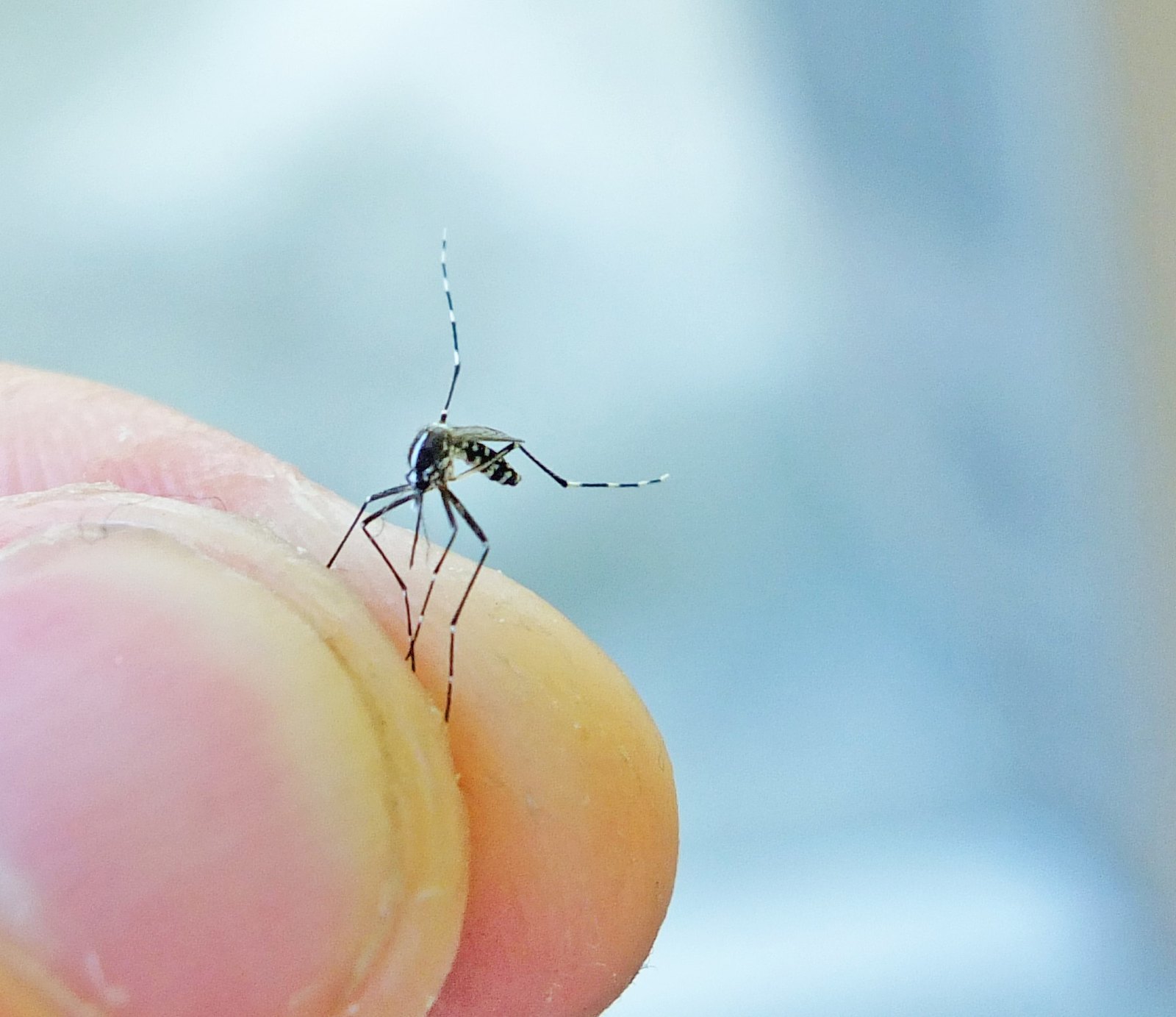
By Marcus Hall and Dan Tamir Global warming is ushering us into a new mosquito epoch. Ready or not, mosquitoes are coming faster than before; both indigenous and non, disease-carrying and not, human-biting and not. What are we to do with these buzzing creatures, and what has already been done with them?
-
Insect Profile: Asian Tiger Mosquito

Aedes albopictus There are several ways to identify Asian Tiger mosquitos: black and white flecked bodies with a stripe down the back, the unusual habit of feeding during daylight hours, and until relatively recently, a tropical and subtropical distribution within Southeast Asia. Over past decades, however, the species has begun moving further afield, being stowed…
-
Making Tracks: Introduction
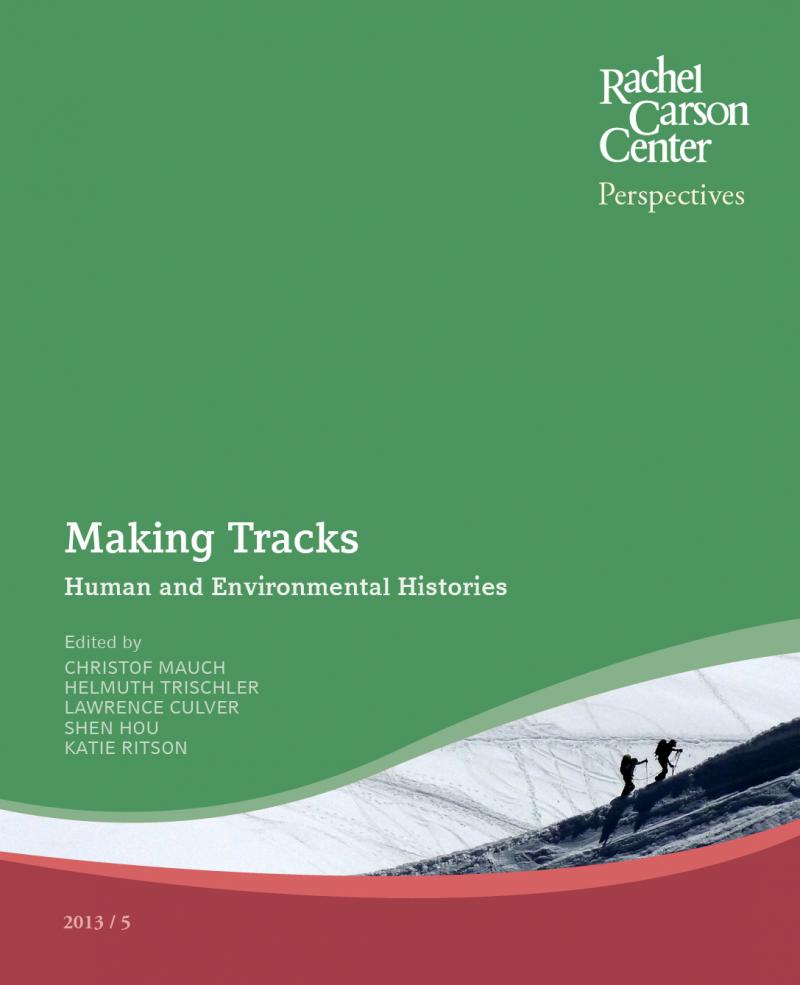
Welcome to “Making Tracks,” one of the longest running series on Seeing the Woods. This project developed around the European Society for Environmental History (ESEH) Conference 2013. The Rachel Carson Center invited all former and current fellows to attend the conference. In return, the fellows provided short essays explaining how they had come to work…
-
Making Tracks. Pitching the Anthropocene: On Global Media Work and the World to Co
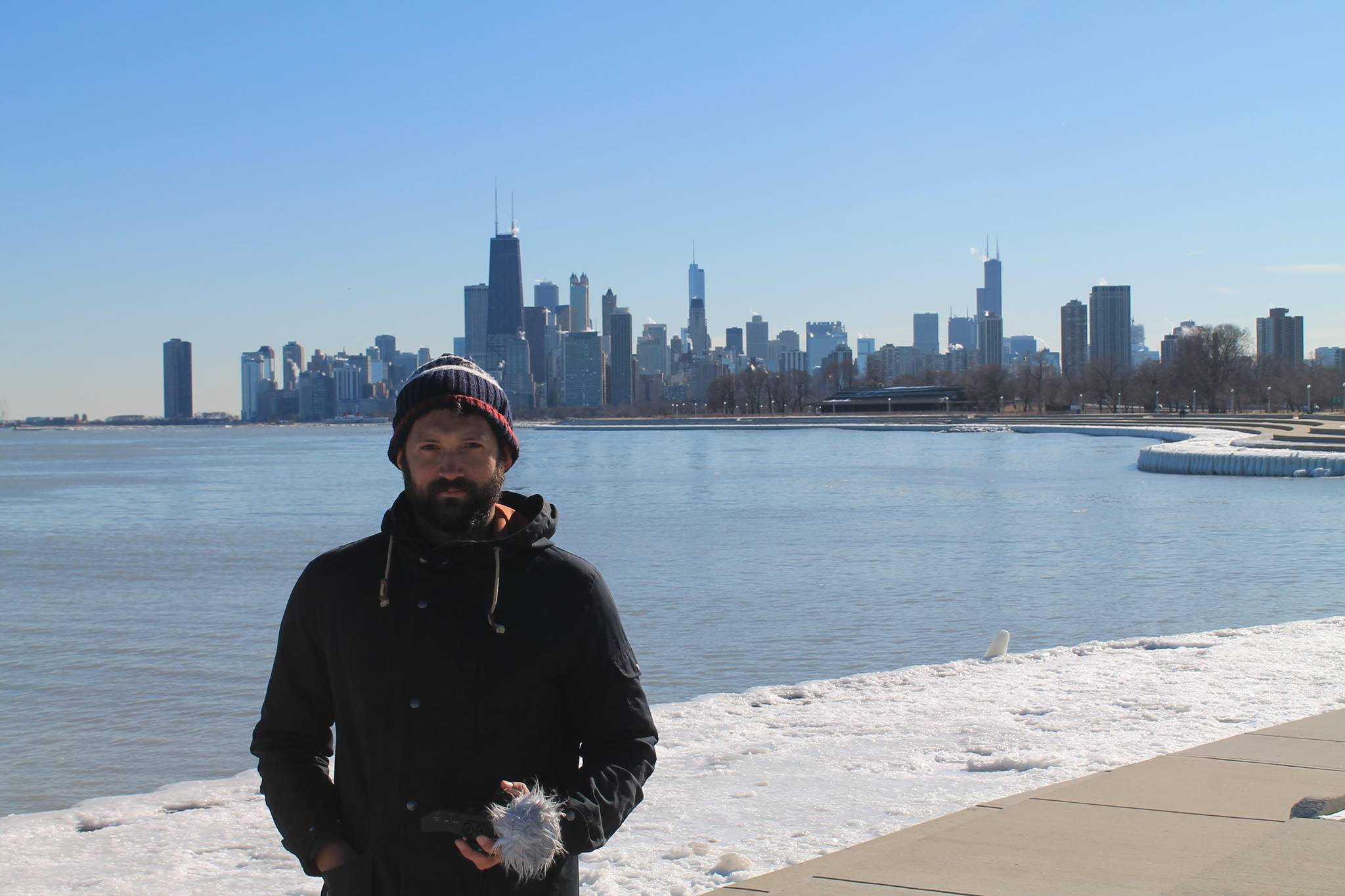
By: Dominic Hinde From around the age of 15, I think I had wanted to be a journalist, and in the pre-Amazon time before print publishing’s great data-driven reckoning I would go to the branch of the British book chain Waterstones in my local town and buy autobiographies and memoirs by foreign and war correspondents.…
-
Making Tracks: Pitching the Anthropocene: On Global Media Work and the World to Come

By Dominic Hinde From around the age of 15, I think I had wanted to be a journalist, and in the pre-Amazon time before print publishing’s great data-driven reckoning I would go to the branch of the British book chain Waterstones in my local town and buy autobiographies and memoirs by foreign and war correspondents.
-
2020 Visions for Environmental History: Making Environmental History as Global as Possible
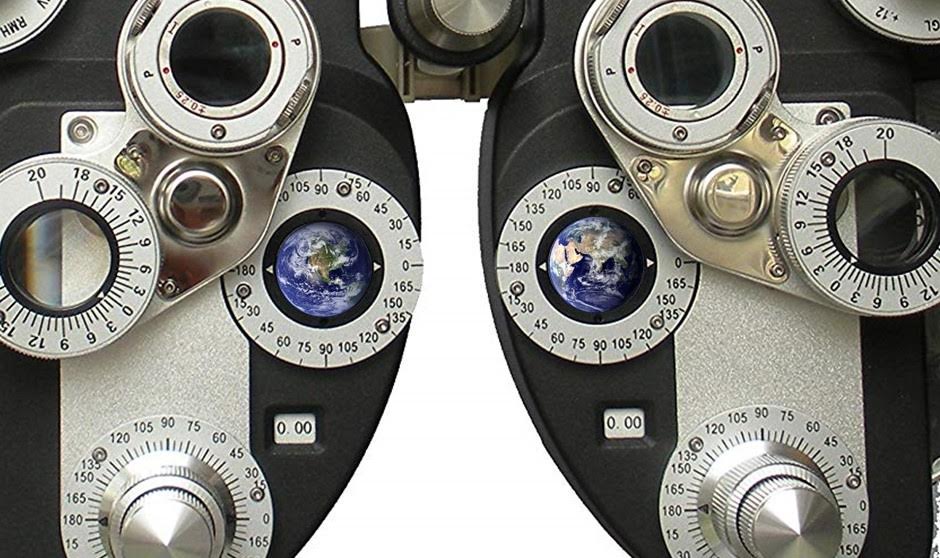
This is the fourth post in a series on “2020 Visions for Environmental History” being published jointly by NiCHE’s blog The Otter ~ La loutre and Rachel Carson Center’s blog Seeing the Woods, with posts by Lisa Mighetto, Alan MacEachern, Arielle Helmick, and Claudia Leal. The series developed alongside a session of the same name at the World Congress for Environmental History in late July.…
-
On Canoes, Pine Trees, and Volcanoes: The Importance of Eyewitness Observation in Environmental Journalism

By: Mark Neužil There are three critical components of environmental journalism: observation, research, and description. Of the three, in my experience as a journalist and journalism teacher, eyewitness observation is the piece that is most likely undervalued and, in some cases, ignored altogether. Most journalists, by the time they get to a level in their…
-
Picturing Complexity: Environmental Photojournalism in the Twentieth Century
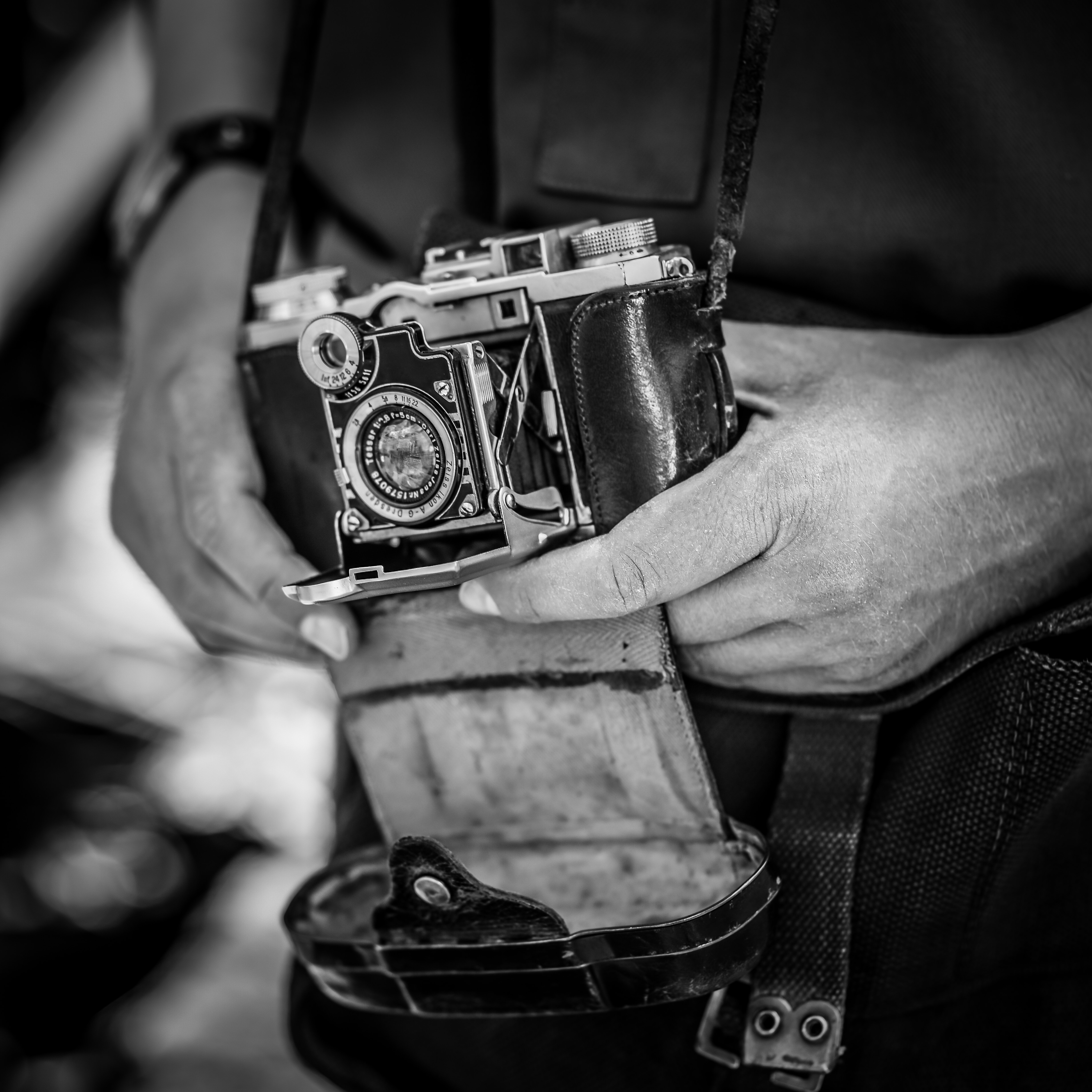
By: Anna-Katharina Woebse Ever since the invention of photography in the late nineteenth century, animals, plants, picturesque sites, sublime landscapes, and human interactions with the environment, have provided motifs that have captured many modifications of human-nature relations. Photography has fundamentally affected the way readers and viewers understand and learn about the dynamics and consequences of…
